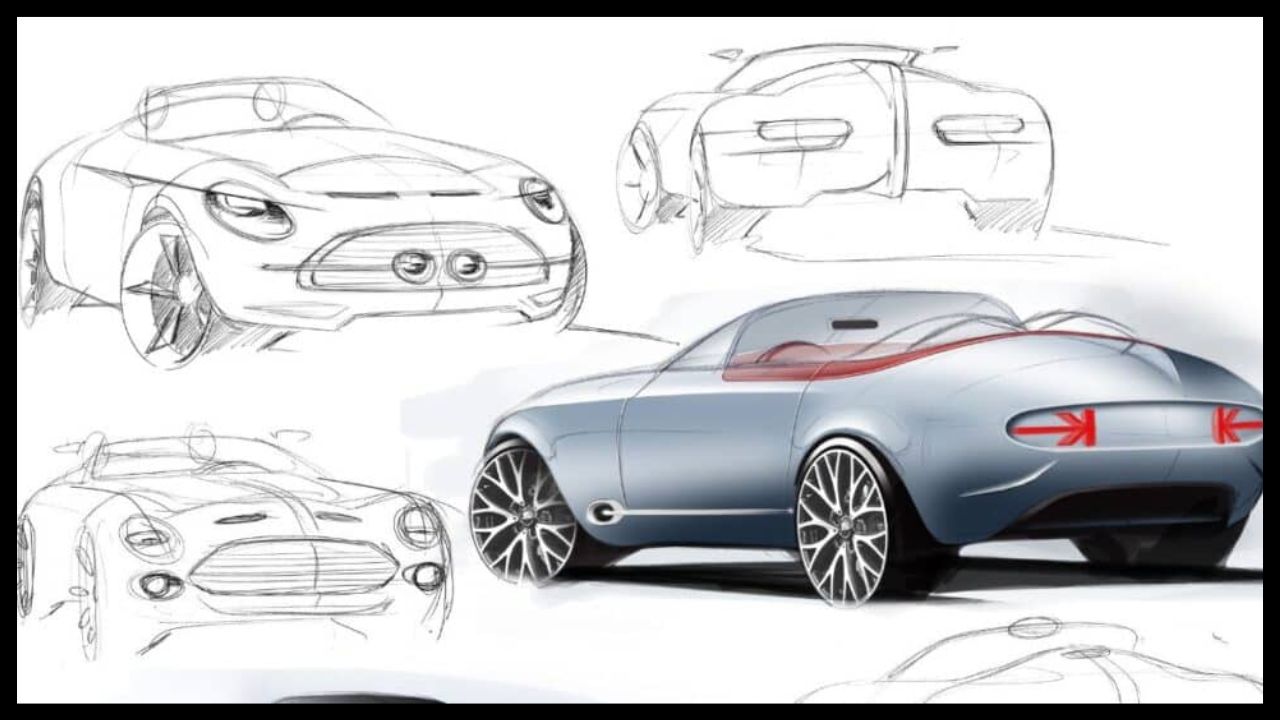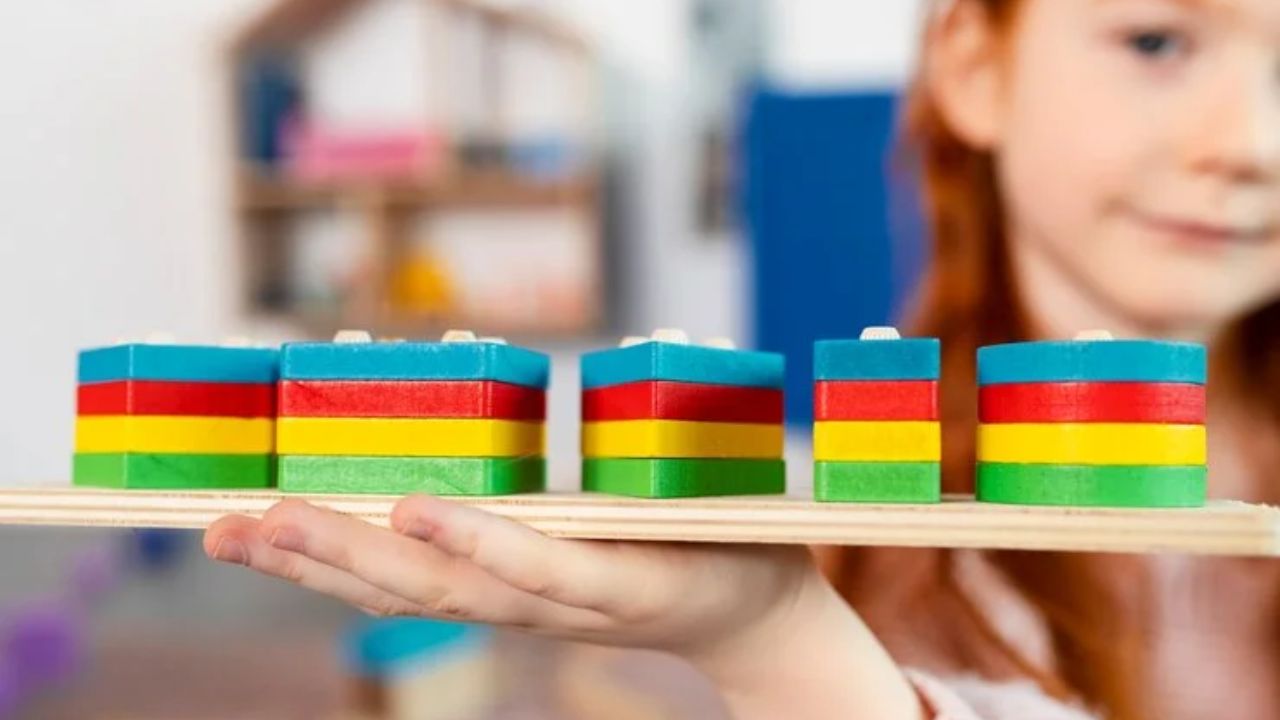If you’ve admired the sleek lines and dynamic designs of cars and always wished you could sketch one yourself, you’re in the right place. This is your comprehensive Ultimate Drawing:Burmhcczepe= Car tutorial, crafted specifically for beginner artists, car enthusiasts, and art lovers ready to take on a creative challenge. Drawing cars is not just about replicating shapes—it’s about capturing their essence, crafting their story, and refining your skills as an artist. Whether you’re using traditional tools or exploring digital platforms, this guide will take you through all the steps to confidently draw a Burmhcczepe= Car.
By the end of this tutorial, you’ll know the fundamentals of car proportions, essential tools to use, insider tips, and how to proudly share your creations with the world.
Get ready to rev your creative engines as we start this exciting artistic adventure!
Understanding the Fundamentals of Drawing a Car
Before jumping into the actual drawing, it’s crucial to understand the basics of car sketching. The drawing:burmhcczepe= car process can be broken down into three primary fundamentals:
Proportions and Scale
Understanding proportions is the key to an accurate car drawing. It dictates how the size of one element of the vehicle relates to another, such as the wheels, body, and windows. For instance:
- Most cars have wheels spaced evenly along their length. Use this rule to position the wheels symmetrically.
- The width of the car usually matches about 2.5 to 3 times the height of one wheel (this ensures the balanced look of your sketch).
Mastery of scale brings realism and functionality to your sketch. Start with basic geometric shapes to find the overall proportions before layering in the details.
Perspective and Angles
Cars are dynamic objects, and drawing them often requires an understanding of perspective. Study three key perspectives:
- Side View: Best for beginners as it’s straightforward and captures the car’s profile.
- Three-Quarter View (Angle): The most dramatic perspective that combines the front, side, and top parts.
- Front View: Focuses more on detailing the grille, headlights, and hood.
Basic Shapes
Break down a car’s structure into three main shapes:
- Rectangles for the car’s body
- Circles for the wheels
- Trapezoids and arcs for rooflines, windows, and headlights
With these fundamental principles, you’re already on track to start your drawing:burmhcczepe= car masterpiece.
Tools of the Trade for Car Sketching
The right tools make a massive difference in your artistic workflow. Here’s a list of essential materials and tools you’ll need for both traditional and digital car drawings.
Traditional Drawing Tools:
- Pencils: Use 2H pencils for light sketching and HB for main outlines. Switch to softer pencils (like 2B or 4B) for shading.
- Erasers: A kneaded eraser will help cleanly lift sketch lines without leaving smudges.
- Drawing Paper: Go for smooth, high-quality sketch pads for finer details.
- Rulers & Templates: These come in handy for straight edges and symmetrical curves.
- Markers or Micron Pens: For inking your final outlines.
Digital Drawing Tools:
- Drawing Tablet: Invest in a Wacom, iPad, or XP-Pen for precision in digital art.
- Software: Adobe Photoshop, Procreate, or SketchBook Pro are excellent for sketching and rendering.
- Digital Brushes: Experiment with brushes that replicate pencil strokes or airbrushing for shading.
Once you gather your tools, you’re equipped to begin your drawing:burmhcczepe= car!
Step-by-Step Guide to Sketching the Burmhcczepe= Car
Follow these detailed steps to take your car drawing from a mere outline to a captivating piece of art.
Step 1: Outline the Car’s Proportions
- Lightly draw a rectangle to define the car’s body.
- Add two evenly spaced circles for the wheels.
- Use a guideline to keep everything symmetrical as your sketch progresses.
Step 2: Draw the Basic Shapes
- Define the roofline using an arc or trapezoid.
- Sketch the rough outline of the front grille and windows.
- Add elongated oval shapes for the headlights and rear lights.
Step 3: Add Details
- Trace over your basic shapes to carve out specific details, like the curve of the wheel arches, the contours of the hood, and creases on the car body.
- Start adding the car’s design elements, such as mirrors, door handles, and bumpers.
Step 4: Refine the Wheels and Tires
- Add rims to the wheels—start with another small circle inside each tire and design the spokes.
- Use shading to distinguish between tires and the car’s bodywork.
Step 5: Focus on Shading and Highlights
- Add depth to your sketch by shading areas that are farther away from light (e.g., under the car or inside wheel wells).
- Use an eraser to add highlights on reflective surfaces like windows or the hood.
Step 6: Finalize with Finishing Touches
- Go over your main outlines with darker pencil strokes or ink.
- Remove stray guidelines with your eraser to clean the final piece.
Remember, practice makes perfect. Keep revisiting this drawing:burmhcczepe= car method to refine your skills over time!
Tips and Techniques from Professional Artists
Tip 1: Use Reference Images
Every car has distinguishing details. Use photos of the Burmhcczepe= Car from multiple angles as references to improve your accuracy.
Tip 2: Practice Symmetry
Cars need to look balanced. Flip your paper or canvas digitally (using software) to identify and correct errors in symmetry.
Tip 3: Study Automotive Designs
Analyze car designs from brands like Bugatti, Ferrari, or Tesla to inspire your sketches.
Tip 4: Warm-Up Before Drawing
Take 10 minutes before starting your main project to sketch quick car doodles. This helps loosen up your hand and boost fine motor control.
Tip 5: Experiment with Lighting
Lighting can change how your car sketch is perceived. Place your car in different imaginary lighting conditions to practice realistic shading.
Showcasing and Sharing Your Work
Once you’ve completed your sketch, don’t keep it to yourself—share it with the world! Here are a few ways to showcase your drawing:burmhcczepe= car:
- Social Media: Post your work on Instagram or Pinterest with hashtags like #CarSketching or #BurmhcczepeCarArt.
- Online Art Communities: Platforms like DeviantArt or ArtStation are excellent for engaging with other artists.
- Framing: Print and frame your art to create a professional portfolio.
Engaging with other art enthusiasts will not only boost your confidence but also provide valuable feedback for improvement.
You May Also Like: Discover How Ezclasswork Revolutionizes Gaming and Content Creation
Conclusion
Showcasing your drawing:burmhcczepe= car effectively requires a combination of creativity, strategy, and engagement. By leveraging social media, participating in online art communities, and presenting your work professionally, you can maximize your art’s visibility and impact. These efforts will not only help you reach a broader audience but also encourage personal growth as an artist. Remember, every step you take to share your work brings you closer to connecting with like-minded individuals and discovering new opportunities.
FAQs
What does “drawing:burmhcczepe= car” mean?
This phrase is a creative way to refer to an artistic tutorial for car sketching, featuring specific models or methods.
Can I draw a car even if I’m a beginner artist?
Absolutely! With the right tools, guidance, and practice, anyone can learn to draw a car effectively.
Which is better—traditional or digital car drawing?
Both have pros and cons. Traditional drawing hones core skills, while digital platforms offer flexibility and advanced editing capabilities.
How long does it take to master car sketching?
It varies for everyone, but consistent practice can lead to noticeable improvement in just a few weeks.
Are there online courses for drawing cars?
Yes, platforms like Udemy, Skillshare, and YouTube have many comprehensive lessons on car sketching.











